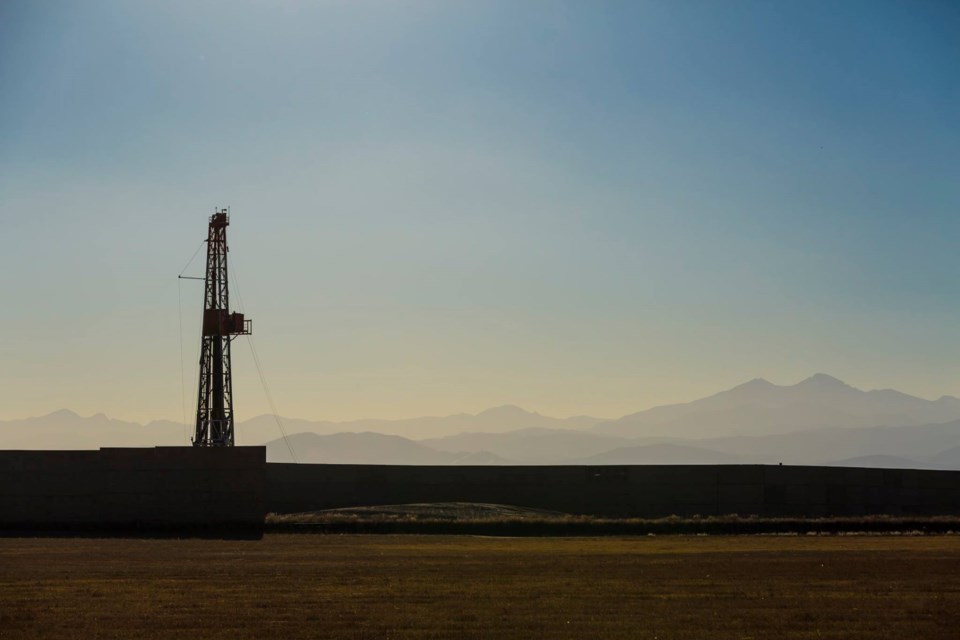This content was originally published by the Longmont Observer and is licensed under a Creative Commons license.
The Colorado Department of Public Health and Environment (CDPHE) recently published a study titled “Human Health Risk Assessment for Oil & Gas Operations in Colorado.” The most recent study follows up on a 2017 report on the health risks of emissions caused by oil extraction. The new assessment's primary findings are that there are likely higher concentrations of Volatile Organic Compounds (VOCs) near oil and gas operations. These VOCs could cause short-term health impacts and further, more accurate, monitoring of air quality and rates of actual exposure levels are needed.
The study used actual emissions data collected from 2005-2014 to model theoretical VOC exposures between 300 and 2,000 feet from well sites. The state-funded research predicts that, while there is a possibility of short term negative health impacts, VOC concentrations in the air around well sites are lower than the minimum threshold of being hazardous.
While acknowledging the limitations of the study, the Colorado Oil & Gas Conservation Commission (COGCC) announced it would review permits on wells less than 2,000 ft from building units. It will collect data from active wells in order to compare to the predictions from CDPHE, with the possibility of additional regulations on oil and gas activity.
According to Marcia Martin of the Longmont City Council, “Longmont is not impacted directly by the release of the study or upcoming rulemakings, because we have already arranged contractually that no new wells can be drilled inside the city limits. The two well sites just outside the city limits that drill under the Union Reservoir are already 2100 and 5500 feet outside the boundary.”
Colorado, as a whole, takes these concerns seriously. In August 2018, a Longmont resident reported odor and health concerns possibly related to emissions from the Rinn Valley East and West oil and gas sites. By the end of August, the resident had been given an air sampling canister to collect a sample when they experienced those events. In response to continued concerns, Oil and Gas Health Information and Response Program (OGHIR) followed up by deploying the Colorado Air Monitoring Mobile Laboratory (CAMML) to measure air concentrations of VOC from December 20, 2018 – January 10, 2019. They measured 23 VOCs, but were unable to document conditions that would support a health hazard.
This is part of a larger conversation about the Air Quality Index in Longmont.


.jpg;w=120;h=80;mode=crop)
